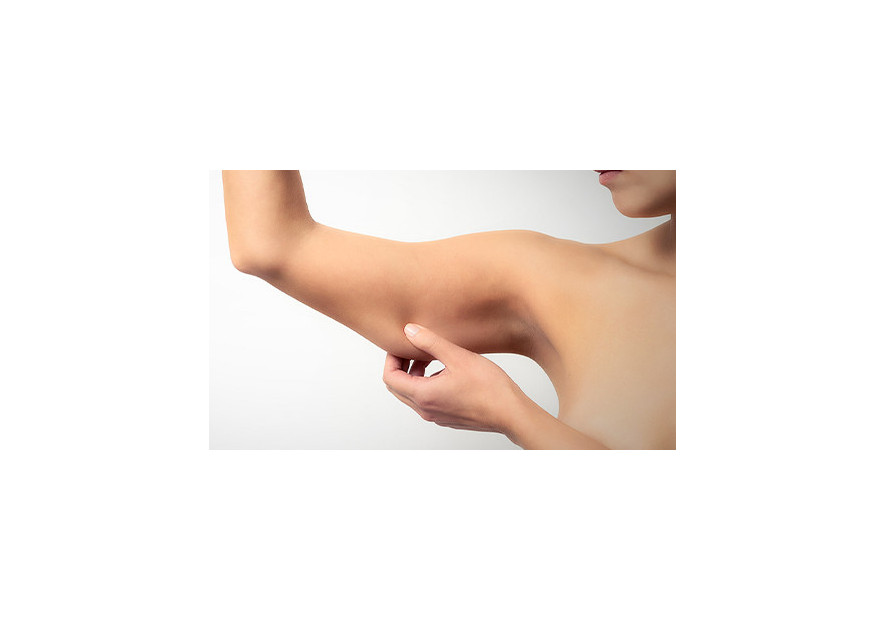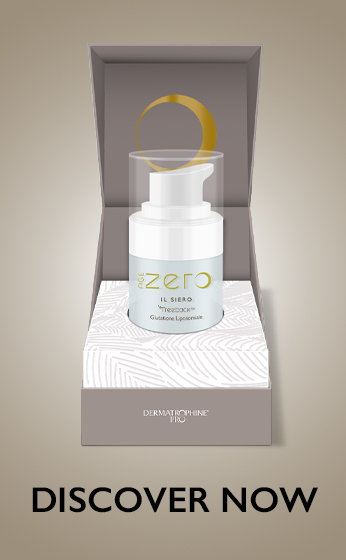THERE ISN'T ONLY LIFTING AGAINST SKIN LAXITY

Skin laxity is the most obvious and frequent sign of skin aging.
Its cause is the structural failure of the cutaneous tissues due to the action of gravity and to the reduction of the qualitative and quantitative level of the dermis and of the underlying, subcutaneous, bone and muscular tissue, with a lower production of collagen and elastin fibers, combined with an excessive production of free radicals.
The "aged" skin loses its elasticity and tone and appears droopy and relaxed, thin, furrowed by wrinkles, marked by dark spots and is evident especially in some parts of the body such as neck, face, décolleté, inside of arms and legs, abdomen, hips, buttocks.
An image which, by reaction, immediately brings to mind the most drastic remedies: fillers or worse yet facelifts.
Although skin laxity is an ineluctable process due to natural aging, before thinking of such invasive interventions, we must know that there is always a way to delay its evolution. How? Taking care of the skin.
In particular, it is necessary to stimulate the skin to produce new collagen fibers, the protein that makes it elastic and resistant.
First of all you need to find the time for a regular physical activity, which helps to keep the blood circulation active by effectively spraying the tissues. Reconciling exercise and resistance training improves muscle tone, while stretching the body and stretching the muscles, helping to increase the elasticity of the skin.
Physical training must be combined with a healthy diet, which includes those foods that can stimulate the synthesis of collagen and the production of elastin.
Here are the ingredients that can not be lacking in the diet of those who hate the word "flaccidity".
1. Potatoes: selenium stimulates the production of glutathione, an antioxidant that neutralizes free radicals and limits the deterioration of collagen and elastin.
2. Turkey and white meat: zinc counteracts the dryness and inflammation of the skin, favoring cell turnover.
3. Salmon and blue fish: omega 3 fatty acids regenerate the elastic fibers of the skin and help to keep it soft and toned.
4. Yellow and orange fruits and vegetables: in particular the color of this fruits and vegetables is rich in vitamin A, which has antioxidant properties and the power to repair damaged skin.
5. Citrus fruits: as we know they are rich in vitamin C, among the most valid enemies of free radicals.
6. Tomatoes: they are rich in lycopene, a powerful antioxidant; they promote the production of collagen and protect the skin from solar radiation.
7. Green tea: the catechins it contains are nutrients that act as antioxidants and limit the deterioration of collagen fibers.
8. Dark berries: blueberries, raspberries, blackberries, cherries and blackcurrants combine the elastic fibers of the dermis through the anthocyanins.
9. Dried fruits and avocados: they make the skin supple thanks to the vitamin E they contain.
10. Cucumber: silicon has the power to regenerate damaged connective tissue.










